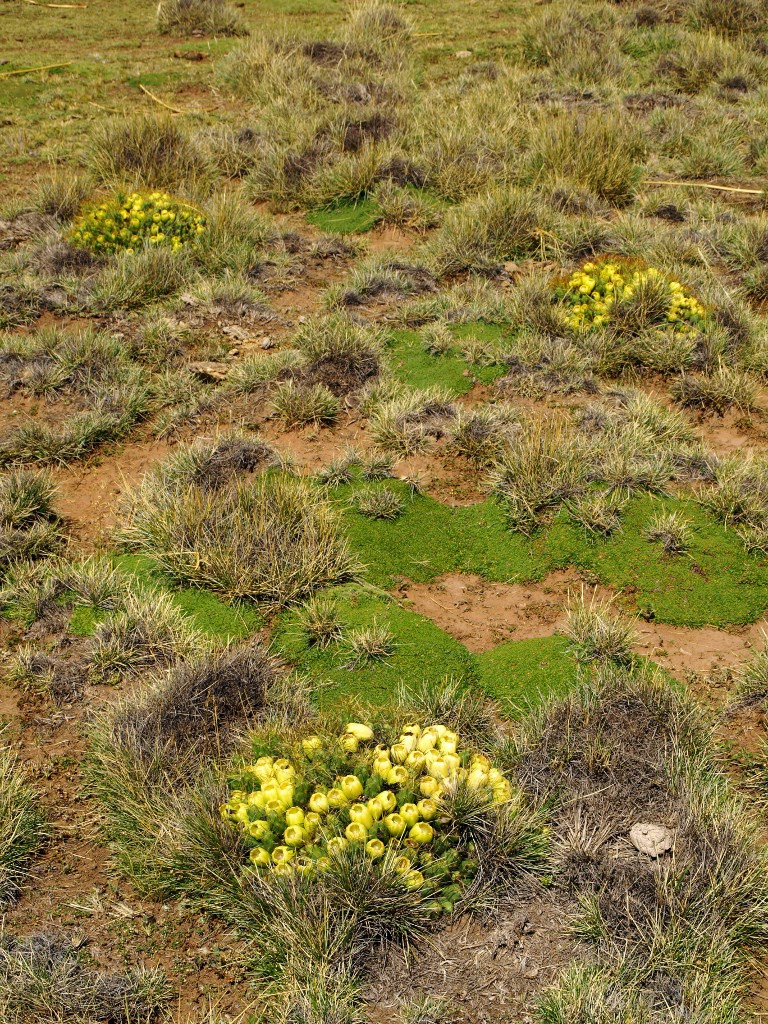A few weeks ago Andrés was invited to dine at Restaurant Gustu along with some Amaranth farmers who were in consideration of selling their crops to the restaurant. Gustu is a restaurant in Zona Sur, the wealthier part of La Paz, and was started by an organisation called Melting Pot Bolivia which was created by Claus Meyer. If you're Danish you'll know who Claus Meyer is - the professional chef and co-founder of Noma, which has been voted best restaurant in the world in 2010, 2011, 2012 and 2014. Melting Pot Bolivia is an initiative he started, to train locals to be chefs, using the rich variety of ingredients that are produced in Bolivia, with a main focus on native foods. One of those is amaranth, which was the reason Andrés came along with a group of farmers to Gustu, and ate there for free! He also has interviewed Melting Pot Bolivia in relation to his thesis, as cañahua is one of the ingredients they use in their haute cuisine, mainly for bread making.
Even though it is an expensive restaurant, its philosophy behind it is really interesting. They support only small Bolivian producers, not only in the food ingredients, but also in the decoration, furniture, etc. in the restaurant. Many of their products are organic as well, and they educate underprivileged locals as chefs. The service is the best we have ever experienced in a restaurant, they even served gluten-free food for Maria, but of course you pay for it.
After knowing all this, we had to go there together, as a once-in-a-lifetime experience. And we enjoyed it!
 |
| The pillows have typical colours/patterns used for blankets here. And they're probably alpaca or llama wool. |
 |
| As you can see, there is a picture of a Cholita for the women's toilet, and fresh little towels for each time you dry your hands. |
 |
| The kitchen with an open view for the guests to see what was going on inside. The picture is taken from our table. |



















































